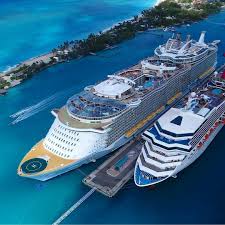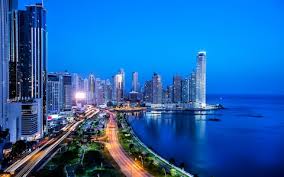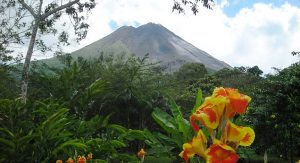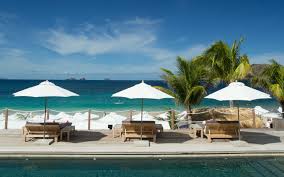extreme sports
Bahamas vs Caribbean: what should you keep in mind when choosing a cruise?
 The fact that in the region located between the two Americas runs most cruise routes is not surprising: a combination of densely populated coasts, an abundance of tropical islands and developed passenger shipbuilding should give just such a result.
The fact that in the region located between the two Americas runs most cruise routes is not surprising: a combination of densely populated coasts, an abundance of tropical islands and developed passenger shipbuilding should give just such a result.
Indeed, there is plenty to choose from – for those who first decided to go on a cruise, and for experienced sea wolves. Of course, this direction is most suitable for those who decided to escape from the daily routine into the romance of tropical islands; however, here, it turns out, there are subtleties.
From a geographical point of view, the Caribbean Islands, formerly called the West Indies, consist of the Antilles Big and Small, and the Bahamas. The Greater and Lesser Antilles are located in the Caribbean, and the Bahamas is in the Atlantic Ocean. They differ from the point of view of the landscape: if the Antilles are of volcanic origin, rising Continue reading
Panama
 Panama (Spanish: República de Panamá) is a state between two continents, in Central America on the narrow Panama Isthmus that divides the Atlantic and Pacific oceans. The word “Panama” originally did not mean a hat at all, in one of the local Indian languages it means “fish place”. But “Panama hats” are not produced by Panama, but by Ecuador.
Panama (Spanish: República de Panamá) is a state between two continents, in Central America on the narrow Panama Isthmus that divides the Atlantic and Pacific oceans. The word “Panama” originally did not mean a hat at all, in one of the local Indian languages it means “fish place”. But “Panama hats” are not produced by Panama, but by Ecuador.
The area of Panama is 75.5 thousand km2. Administratively, the country is divided into 9 provinces and 3 autonomous regions (mosquito).
Along the west and east coasts of Panama stretch narrow plains and hilly terrain, between which are steep, dissected by valleys mountains with alpine plains. The highest point in Panama – Baru volcano. Geographic coordinates: 8.808, -82.543; Click to view on Google maps (aka Chiriki), 3475 m. The northern slopes of the mountain ranges are covered with dense evergreen forests, the southern areas are Continue reading
Costa Rica
 This small mountainous country, which has settled the isthmus between North and South America, You can see the land as it was at the creation of the world, and on the same day observe the sunrise over the Atlantic Ocean, and the sunset over the Pacific …
This small mountainous country, which has settled the isthmus between North and South America, You can see the land as it was at the creation of the world, and on the same day observe the sunrise over the Atlantic Ocean, and the sunset over the Pacific …
Coat of arms of Costa Rica What attracts travelers to Costa Rica above all? Of course, the unique beauty of its nature. The country is very “photogenic”: mountains wrapped in togas of clouds, volcanoes, theatrically spewing pillars of smoke and fire against a stormy sky, sparkling waterfalls in the sun, lush rain forest, rainbow wings of tropical birds, outlandish butterflies that look like flowers and flowers , similar to the fluttering wings of butterflies, melancholy-smug iguanas – just have time to press the camera button … Continue reading




